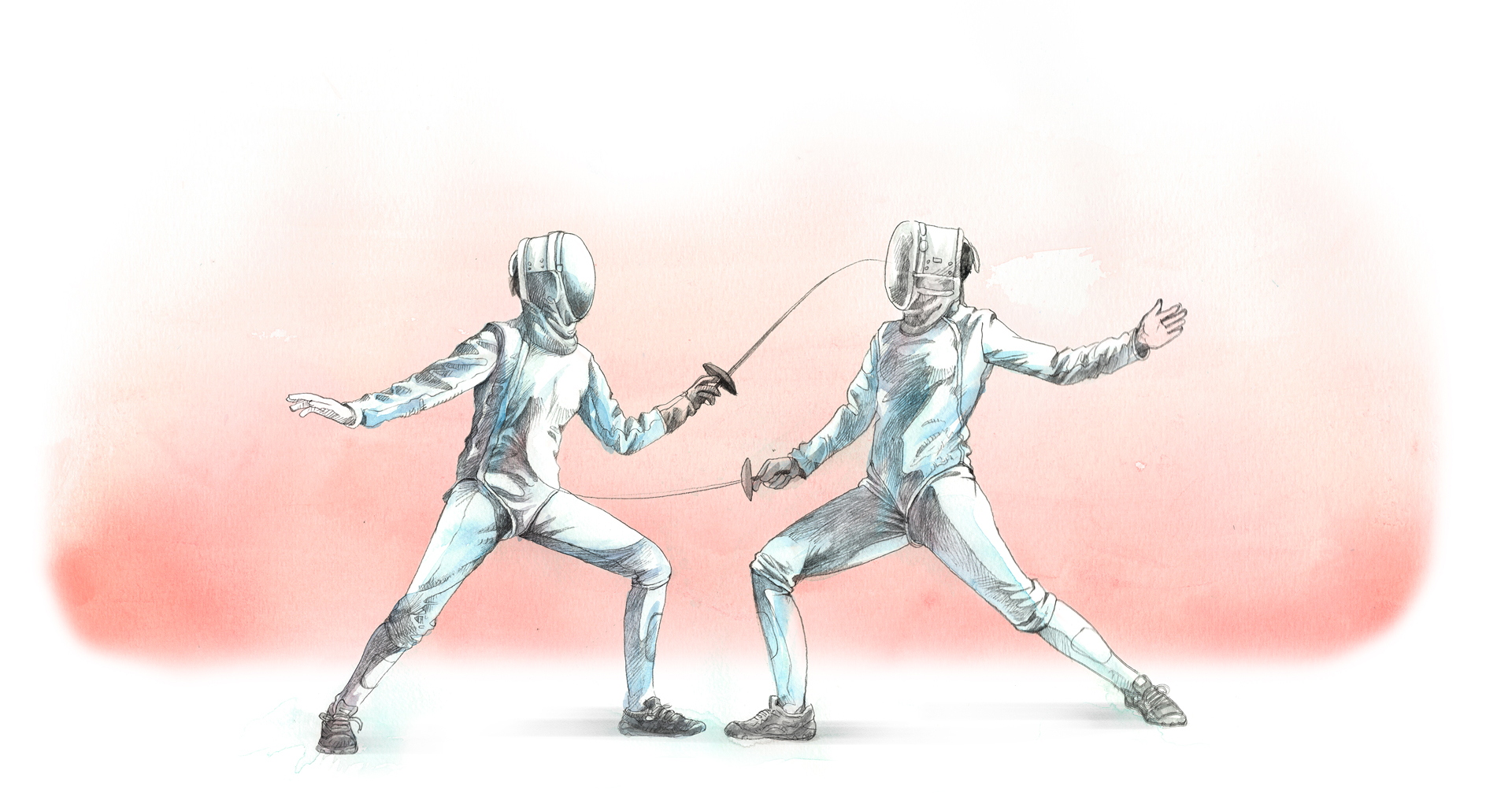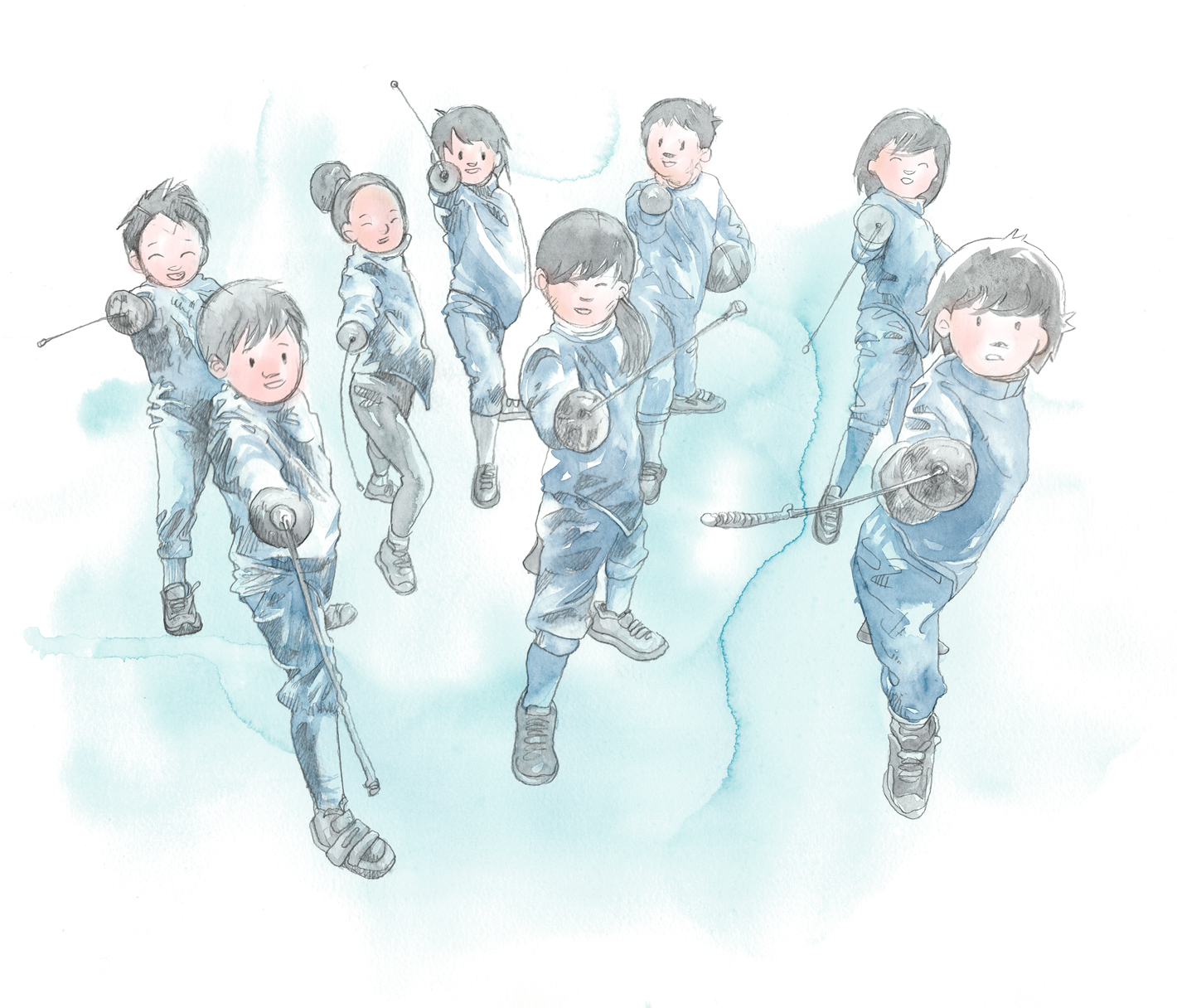
There was more gold glory on November 19, 2025 when Hong Kong won its first fencing gold medal at the National Games of China, with the men’s foil team beating Fujian 45-34 in the final.
Explore the rise of Hong Kong’s newest sporting obsession in this infographic.
Gold rush:
Hong Kong’s fencing frenzy
21 November, 2025
Fencing’s popularity following Hong Kong’s Olympic victories in recent years has been significant. Schools have recorded an increase in parental inquiries, with some clubs offering classes for children as young as three years old.
Official figures confirm this trend: the number of registered senior and under-18 members at the Fencing Association of Hong Kong, China, grew from 1,300 in 2019 to over 2,000 in 2024. The number of affiliates to the association also almost doubled from 26 to 48 within the same period.

This rapid growth has spurred institutional backing. The Hong Kong Sports Institute unveiled a new fencing hall in Fo Tan in early 2025 to provide more dedicated space for its athletes.
In crowded Hong Kong, where space is at a premium, an indoor activity like fencing is an ideal and practical pursuit.
It was built on a foundation of crucial victories by its top athletes on the world's biggest stages. The following chart details their journey to the podium.
Road to gold
Hong Kong fencing achievements at the Olympics
The ‘Cheung and Kong’ effect
Following Cheung's and Kong’s Olympic successes, this new-found fervour extended into the commercial sphere, turning both champion fencers into sought-after brand ambassadors.The jewellery Cheung wore during the Games created a lot of buzz, prompting luxury jewellers to capitalise by promoting pieces similar to those the two-time gold medallist wore.
Google searches in Hong Kong for fencing and its local stars were nearly flat after the 2016 Olympics, but spiked during the 2021 and 2024 Games.
How to get started with fencing
Ready to try the sport? Here’s what you need to know to begin.
What body conditions are needed for this sport?
Fencing is a sport that requires skill, strategy and raw physical attributes. Generally, it’s recommended that children be around seven years old before they join a fencing club, but it’s never too late to start, as many clubs also offer adult beginner classes.
There is no single best body type for fencing, as different builds offer specific advantages depending on the weapon and style. Taller fencers, for instance, have the obvious benefit of having a greater reach to hit their opponent. Shorter fencers, however, benefit from a lower centre of gravity, which allows for incredibly fast footwork and rapid changes of direction.
What to wear in your classes
For top-level competitions like the Olympics or World Championships, equipment rules are extremely stringent for maximum safety and fairness. For absolute beginners, you can simply wear comfortable athletic clothes. Many fencing clubs will provide all the necessary starter gear for you to use during introductory classes.
Blade
Top-level competitions require standard maraging steel blades, which are designed to break flat upon impact for safety. Beginners and clubs typically use standard steel blades. Plastic blades are usually reserved only for very young children's introductory classes.
Typical cost for a fencing starter pack
A complete set of beginner fencing gear typically costs around HK$1,500-$3,000 (about US$195-$385). Higher-level competitive gear costs significantly more, sometimes exceeding HK$8,000.
Fencing piste: the ‘court’ of fencing
This long, narrow court, known as a piste (French for “track”) or “strip”, is much more than just a floor marking. According to current FIE regulations, the standard playing area is 14 metres long and about 2 metres wide.
In modern electronic fencing, the entire piste is conductive and connected to the scoring machine. This clever design ensures that if a fencer accidentally hits the floor with their weapon, it does not register as a valid touch on their opponent.